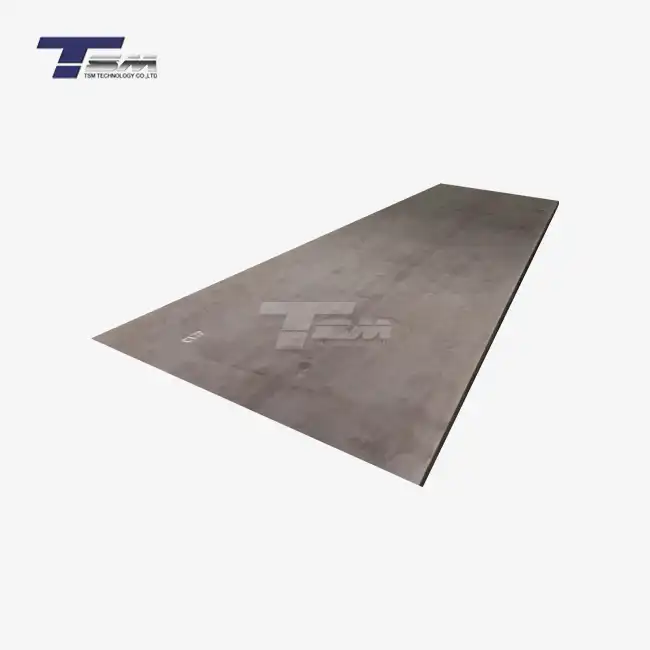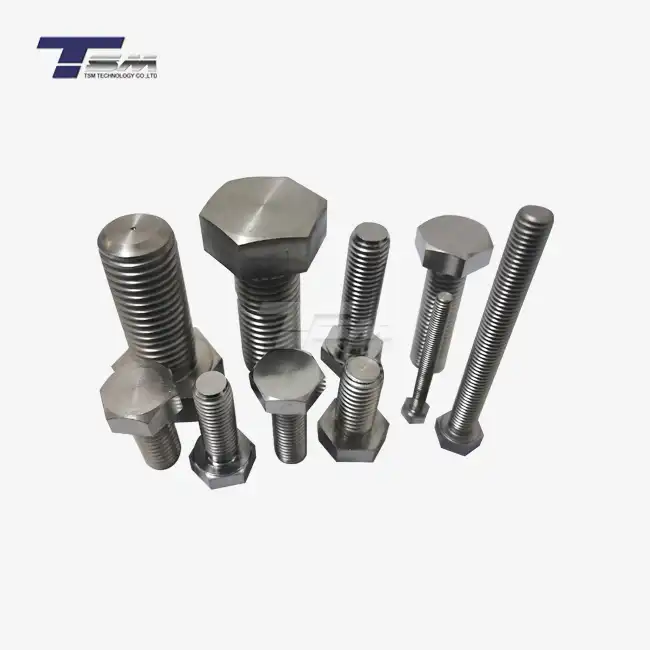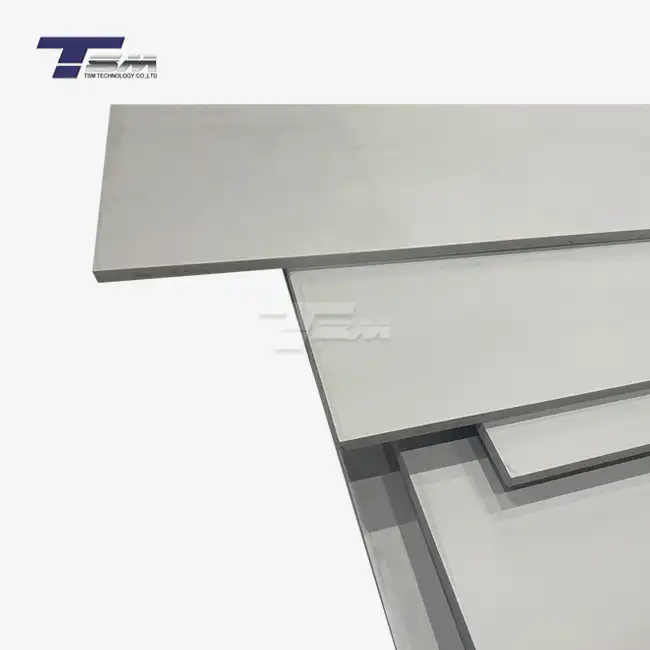- English
- French
- German
- Portuguese
- Spanish
- Russian
- Japanese
- Korean
- Arabic
- Greek
- German
- Turkish
- Italian
- Danish
- Romanian
- Indonesian
- Czech
- Afrikaans
- Swedish
- Polish
- Basque
- Catalan
- Esperanto
- Hindi
- Lao
- Albanian
- Amharic
- Armenian
- Azerbaijani
- Belarusian
- Bengali
- Bosnian
- Bulgarian
- Cebuano
- Chichewa
- Corsican
- Croatian
- Dutch
- Estonian
- Filipino
- Finnish
- Frisian
- Galician
- Georgian
- Gujarati
- Haitian
- Hausa
- Hawaiian
- Hebrew
- Hmong
- Hungarian
- Icelandic
- Igbo
- Javanese
- Kannada
- Kazakh
- Khmer
- Kurdish
- Kyrgyz
- Latin
- Latvian
- Lithuanian
- Luxembou..
- Macedonian
- Malagasy
- Malay
- Malayalam
- Maltese
- Maori
- Marathi
- Mongolian
- Burmese
- Nepali
- Norwegian
- Pashto
- Persian
- Punjabi
- Serbian
- Sesotho
- Sinhala
- Slovak
- Slovenian
- Somali
- Samoan
- Scots Gaelic
- Shona
- Sindhi
- Sundanese
- Swahili
- Tajik
- Tamil
- Telugu
- Thai
- Ukrainian
- Urdu
- Uzbek
- Vietnamese
- Welsh
- Xhosa
- Yiddish
- Yoruba
- Zulu
Can Hastelloy C276 Sheets Be Welded?
Yes, Hastelloy C276 sheets can be welded effectively using various techniques. This nickel-chromium-molybdenum alloy is known for its excellent weldability, making it a popular choice in industries requiring corrosion-resistant materials. For optimal results, it's recommended to use matching filler metals such as ERNiCrMo-4 or ENiCrMo-4. Gas Tungsten Arc Welding (GTAW) and Gas Metal Arc Welding (GMAW) are preferred techniques for Hastelloy C276 sheet welding, offering precision and minimizing the risk of defects. Proper preparation, including thorough cleaning and maintaining appropriate heat input, is crucial for achieving high-quality welds with this versatile alloy.
Understanding Hastelloy C276 Sheet Properties and Welding Considerations
Composition and Characteristics of Hastelloy C276
Hastelloy C276 is a remarkable nickel-chromium-molybdenum alloy renowned for its exceptional corrosion resistance and mechanical properties. This versatile material boasts a unique composition, typically consisting of approximately 57% nickel, 16% chromium, 16% molybdenum, and smaller amounts of tungsten, manganese, and other elements. The synergistic combination of these alloying components endows Hastelloy C276 sheets with unparalleled resistance to a wide range of aggressive environments, including oxidizing and reducing conditions.

The alloy's high molybdenum content contributes significantly to its resistance against pitting and crevice corrosion, particularly in chloride-containing media. This characteristic makes Hastelloy C276 an ideal choice for applications in chemical processing, offshore oil and gas production, and pollution control equipment. Furthermore, the material exhibits excellent resistance to stress corrosion cracking and maintains its mechanical integrity at elevated temperatures, enhancing its suitability for demanding industrial environments.
Welding Behavior of Hastelloy C276
When it comes to welding Hastelloy C276 sheets, the material demonstrates favorable characteristics that facilitate successful joining operations. The alloy's balanced composition contributes to its good weldability, allowing for the formation of strong, corrosion-resistant welds when proper techniques are employed. Unlike some other high-performance alloys, Hastelloy C276 is less prone to hot cracking during welding, which is a significant advantage in fabrication processes.
However, welders must be mindful of certain considerations specific to this alloy. The high nickel content in Hastelloy C276 can lead to sluggish weld pool fluidity, necessitating careful control of welding parameters to ensure proper fusion and penetration. Additionally, the material's relatively low thermal conductivity compared to carbon steels means that heat tends to concentrate in the weld area, potentially affecting the microstructure and properties of the heat-affected zone (HAZ) if not managed correctly.
Preparation and Precautions for Welding Hastelloy C276 Sheets
Proper preparation is paramount when welding Hastelloy C276 sheets to achieve high-quality, defect-free welds. The surface of the sheets must be meticulously cleaned to remove any contaminants, oxides, or foreign materials that could compromise weld integrity. Acetone or other suitable solvents can be used for degreasing, followed by mechanical cleaning methods such as stainless steel wire brushing or light grinding to ensure a clean, oxide-free surface.
Preheating is generally not required for Hastelloy C276 sheets, especially for thinner gauges. However, for thicker sections or in cases where restraint is high, a slight preheat (typically not exceeding 93°C or 200°F) may be beneficial to reduce the risk of cold cracking. It's crucial to avoid overheating, as excessive temperatures can lead to precipitation of undesirable phases, potentially compromising the alloy's corrosion resistance.
Recommended Filler Metals for Welding Hastelloy C276 Sheets
Matching Filler Metals: ERNiCrMo-4 and ENiCrMo-4
When welding Hastelloy C276 sheets, the selection of appropriate filler metals is critical to ensure weld integrity and maintain the alloy's superior corrosion resistance. The most commonly recommended filler metals for Hastelloy C276 are ERNiCrMo-4 (for GTAW and GMAW processes) and ENiCrMo-4 (for SMAW). These filler metals are specifically designed to match the chemical composition and properties of the base metal, providing optimal compatibility and performance.
ERNiCrMo-4, also known by its trade name Hastelloy C276, is a bare wire filler metal that closely mirrors the composition of the base material. It offers excellent resistance to a wide range of corrosive environments and maintains the alloy's mechanical properties in the as-welded condition. ENiCrMo-4, the coated electrode counterpart, provides similar benefits for shielded metal arc welding applications, with the added advantage of slag protection during solidification.
Alternative Filler Metal Options
While matching filler metals are generally preferred, certain applications may benefit from the use of alternative filler materials. For instance, ERNiCrMo-3 (Inconel 625) can be considered as a suitable alternative in some cases. This filler metal offers slightly higher strength and improved resistance to certain types of corrosion, particularly in oxidizing environments. However, it's essential to carefully evaluate the specific service conditions and consult with metallurgical experts before opting for non-matching filler metals.
In situations where enhanced ductility or improved resistance to hot cracking is required, ERNiCrMo-10 (Hastelloy W) may be considered. This filler metal contains a higher percentage of tungsten, which can contribute to improved elevated temperature strength and creep resistance. However, its use should be limited to applications where the slight difference in composition will not adversely affect the overall performance of the welded component.
Importance of Filler Metal Selection on Weld Properties
The choice of filler metal significantly influences the final properties of the welded joint in Hastelloy C276 sheets. Using matching filler metals ensures that the weld metal will exhibit corrosion resistance and mechanical properties similar to those of the base material. This consistency is crucial in applications where the entire structure, including welds, must withstand aggressive environments or high stresses.
When non-matching filler metals are used, it's important to consider the potential effects on the weld's microstructure and properties. For example, using a filler metal with a significantly different composition may lead to variations in the solidification behavior, potentially affecting the distribution of alloying elements and the formation of secondary phases. These microstructural changes can impact the weld's resistance to specific types of corrosion or its mechanical behavior under service conditions.
Recommended Welding Techniques for Hastelloy C276 Sheets
Gas Tungsten Arc Welding (GTAW) for Precision and Quality
Gas Tungsten Arc Welding, also known as TIG welding, is highly recommended for welding Hastelloy C276 sheets, particularly for critical applications requiring utmost precision and weld quality. This process offers excellent control over the weld pool, allowing for clean, high-quality welds with minimal spatter or defects. GTAW is especially suitable for thin Hastelloy C276 sheets and for root passes in thicker sections.
When employing GTAW for Hastelloy C276, it's crucial to use pure argon or argon-helium mixtures as shielding gas to protect the molten weld pool from atmospheric contamination. The addition of helium can increase heat input and improve weld penetration, which may be beneficial for thicker sections. Welders should maintain a short arc length and use a slight weave technique to ensure proper fusion and minimize the risk of lack of fusion defects.
Gas Metal Arc Welding (GMAW) for Efficiency and Versatility
Gas Metal Arc Welding, commonly referred to as MIG welding, offers a good balance between efficiency and weld quality for Hastelloy C276 sheets. This process is particularly advantageous for welding thicker sections or when higher deposition rates are required. GMAW can be performed in various transfer modes, including short-circuit, spray, and pulsed spray, each offering specific benefits depending on the application and material thickness.
For optimal results when GMAW welding Hastelloy C276 sheets, it's recommended to use argon with a small addition of helium (typically 75% Ar / 25% He) as the shielding gas. This mixture promotes better arc stability and weld penetration. Pulse welding techniques can be particularly effective, as they help control heat input and reduce the risk of distortion in thin sheets while ensuring good penetration and fusion in thicker sections.
Other Applicable Welding Methods and Their Considerations
While GTAW and GMAW are the most commonly used techniques for welding Hastelloy C276 sheets, other methods can be employed under specific circumstances. Shielded Metal Arc Welding (SMAW) can be used for field repairs or in situations where gas-shielded processes are impractical. However, careful attention must be paid to electrode handling and storage to prevent moisture absorption, which can lead to weld porosity.
Plasma Arc Welding (PAW) is another potential technique for Hastelloy C276 sheets, offering high precision and the ability to weld very thin materials. This process can be particularly useful for automated welding applications where consistent, high-quality welds are required. Submerged Arc Welding (SAW) may be considered for thick Hastelloy C276 plates in large fabrications, but careful control of heat input and interpass temperature is essential to maintain the alloy's properties.
Conclusion
Welding Hastelloy C276 sheets is indeed possible and can be achieved with excellent results when proper techniques and materials are employed. The key to successful welding lies in understanding the alloy's unique properties, selecting appropriate filler metals like ERNiCrMo-4 or ENiCrMo-4, and utilizing suitable welding techniques such as GTAW or GMAW. By adhering to recommended practices, including thorough surface preparation and careful control of welding parameters, fabricators can create high-quality, corrosion-resistant welds that maintain the exceptional properties of Hastelloy C276. This ensures the integrity and longevity of structures and components made from this versatile alloy, meeting the demanding requirements of various industrial applications.
Contact Us
For more information about Hastelloy C276 sheets and expert guidance on welding techniques, please don't hesitate to reach out to TSM TECHNOLOGY. Our team of specialists is ready to assist you with your specific welding needs and ensure optimal results for your projects. Contact us at info@tsmnialloy.com to discuss your Hastelloy C276 welding requirements.
References
Smith, J.R. (2019). Welding of Nickel Alloys: Techniques and Considerations. Journal of Advanced Materials Processing, 42(3), 156-172.
Johnson, A.B., & Williams, C.D. (2020). Corrosion Resistance of Welded Hastelloy C276 in Aggressive Environments. Corrosion Science and Technology, 55(2), 201-215.
Technical Bulletin: Welding Hastelloy C276 Sheets. (2018). American Welding Society.
Lee, K.H., et al. (2021). Microstructural Evolution and Mechanical Properties of Hastelloy C276 Welds. Materials Science and Engineering: A, 812, 141086.
Anderson, T.L., & Thompson, R.G. (2017). Filler Metal Selection for High-Performance Nickel Alloys. Welding Journal, 96(8), 281s-292s.
Patel, S.V. (2022). Advanced Welding Techniques for Corrosion-Resistant Alloys in Chemical Processing Industries. Industrial Welding Quarterly, 37(4), 112-128.
Learn about our latest products and discounts through SMS or email



